A Tour of TOTO's New Toilet Museum
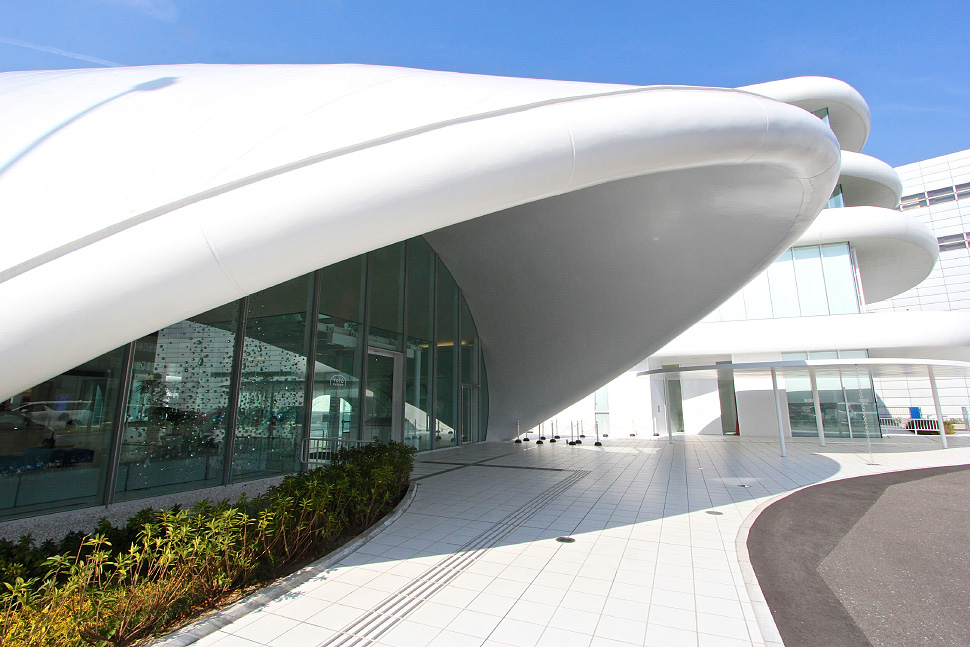
When travelers to Japan tell me about the most memorable things they experienced on their trips here, I am always intrigued by what invariably makes the top 10 list: "Japan's toilets are amazing!!" Japan has earned an international reputation for making some of the planet's most sophisticated and comfortable toilets, and an encounter with one in Japan is, frankly, hard to miss.
But for those curious about how Japan came so far in this normally out-of-the-spotlight arena, TOTO, Japan's premier toilet and washroom product manufacturer, has recently created a truly unique destination. Opened in August 2015 in northern Fukuoka Prefecture's Kitakyushu, the TOTO Museum is devoted to sharing both the history of flush toilets and washroom products in Japan as well as the history of one of the companies that propelled Japanese toilets to their modern day fame.
I recently made my way to Kitakyushu to pay the museum a visit, and the first striking thing about it is best appreciated on the outside. The super-modern architectural design features a distinct lack of 90-degree edges, and combined with highly rounded, rimmed curves and a glowing white finish, it's easy to see where the inspiration came from.
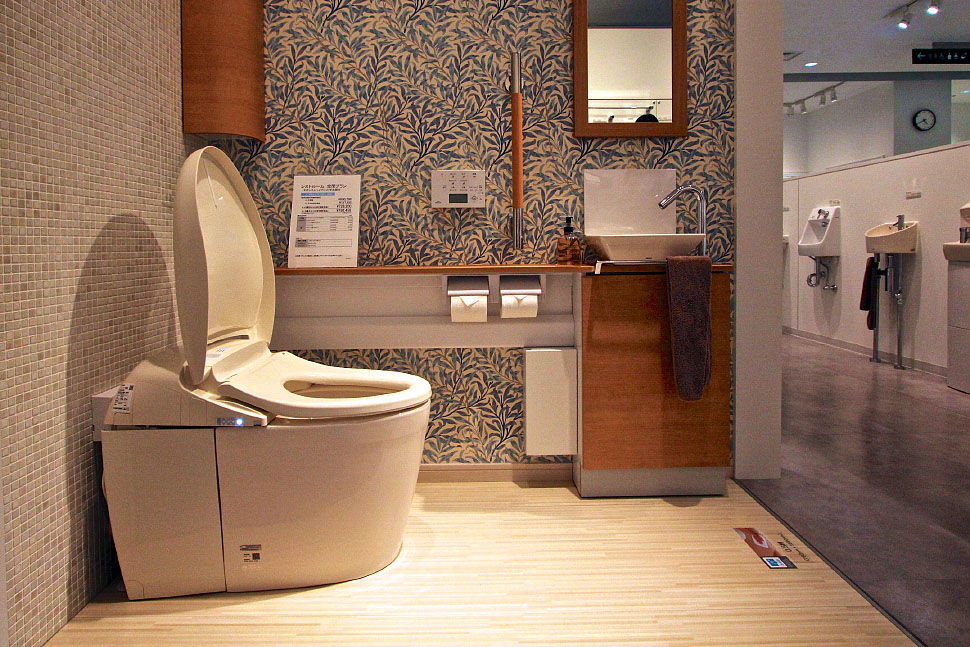
Upon walking into the museum, which is free to visit, the main exhibition hall's feature exhibit starts right off with how modern toilets came to Japan almost exactly 100 years ago. In 1914, TOTO succeeded in developing Japan's first domestically manufactured Western-style toilet (sitting-style flush toilets), a replica of which crowns the first section of the exhibit. At a time when most Japanese were quite used to using traditional squat toilets, and when no sewage infrastructure existed to handle networks of flush toilets, the company's risky decision to create its own mass production kiln for their brave new product seems particularly bold.
The company's entire history, from its beginnings as a ceramic tableware manufacturer to the present, is laid out here in thoughtful yet concise displays. While much of the main information is displayed in Japanese, scattered strategically throughout the museum are signs with QR codes that allow visitors to scan them with a smartphone, immediately bringing up very detailed information that fully explains everything both in written text and audio in English, Korean, and Mandarin and Cantonese.
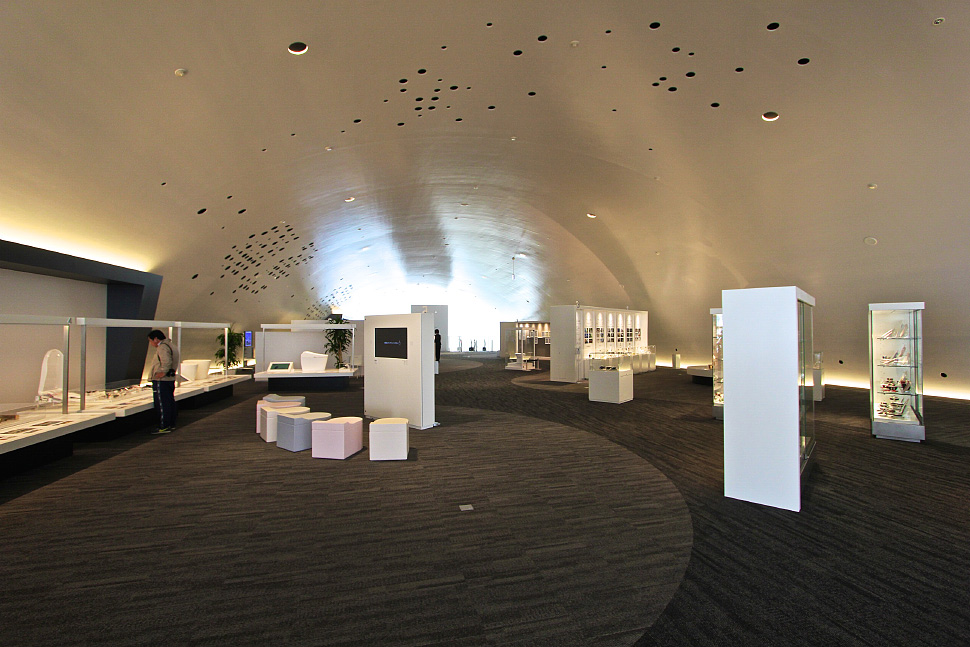
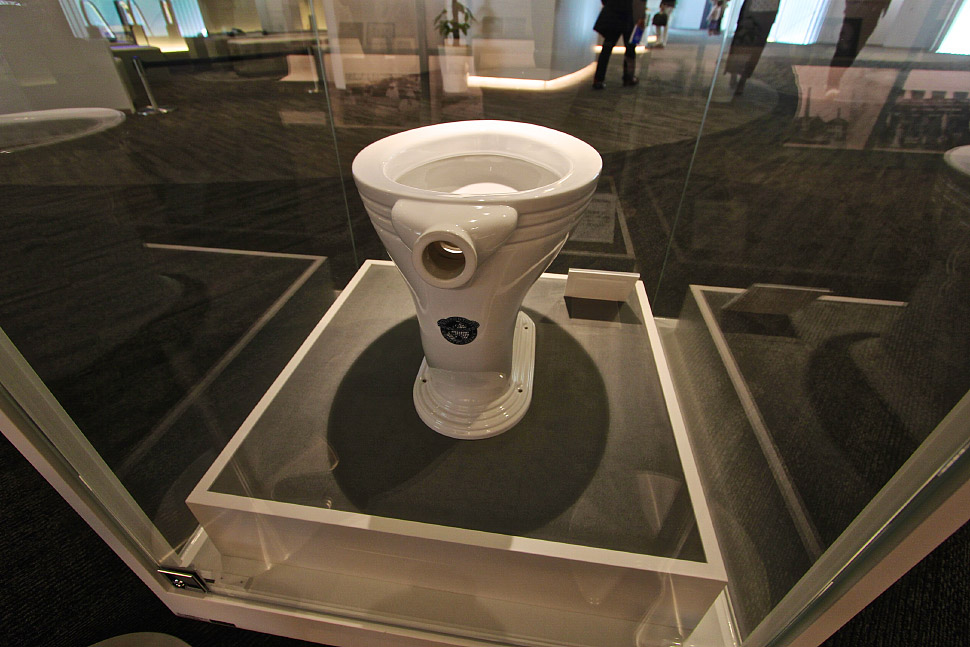
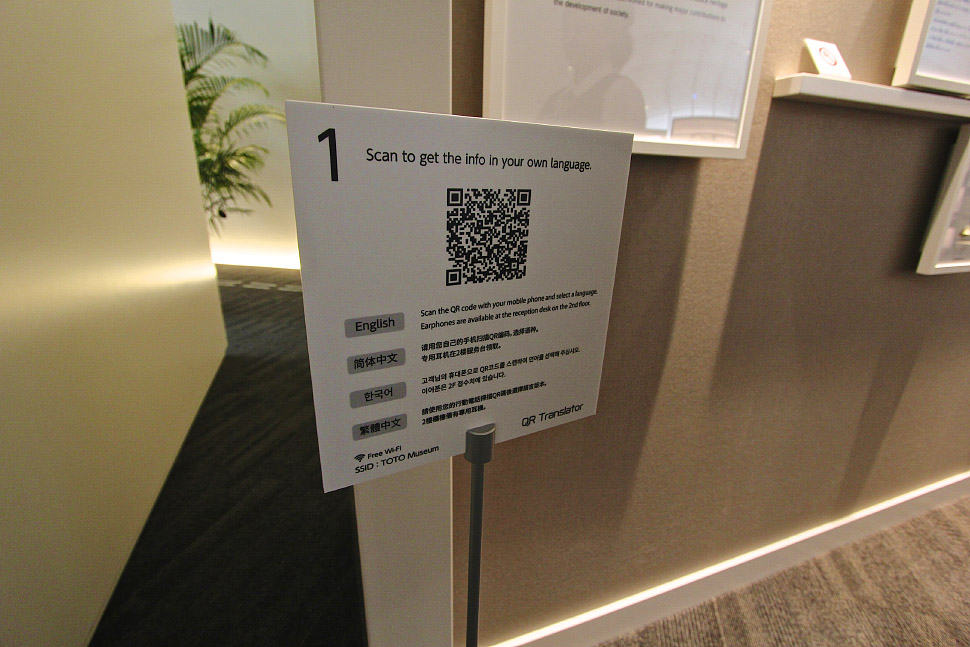
Beyond pioneering flush toilets in Japan, TOTO worked diligently to turn their commodes into household commodities throughout the first half of the 20th century. At first only appearing as luxuries in places like the National Diet Building and high-end hotels, Western-style toilets took Japan by storm after World War II as the nation rebuilt its cities, with much help from companies like TOTO, and were eventually outpacing squat toilets by the 1970s.
With plenty of economic momentum behind it, in 1980, TOTO took its next step forward in toilet technology as it introduced the country's first domestically produced bidet-equipped toilet seat. While it remains a novelty in many countries, the Washlet (TOTO's signature brand of bidet-toilet) has since become a household product in over half of Japanese households and many public and private spaces.
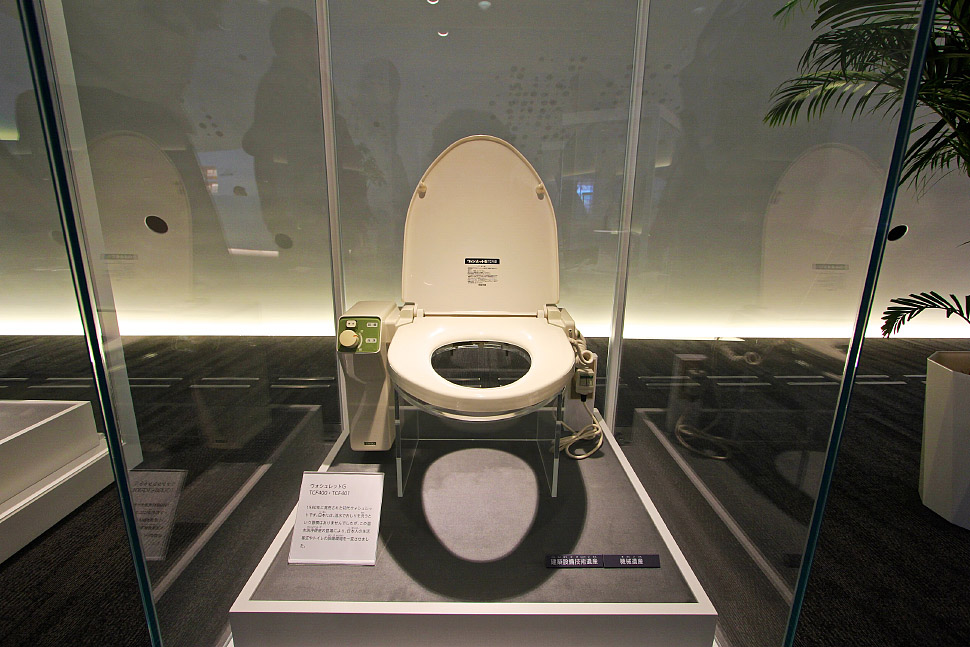
As I continued through the museum, I couldn't help but admire the modern architecture and design of the building itself. A point that TOTO is quite proud of is the fact that the building was designed to be extraordinarily energy-efficient and environmentally friendly. From using recycled sanitary ware scraps in its construction, to natural ventilation and lighting systems, to solar power generation, to rooftop greenery, the building is very much an embodiment of the company's values of modernization and promoting healthy cultural lifestyles.
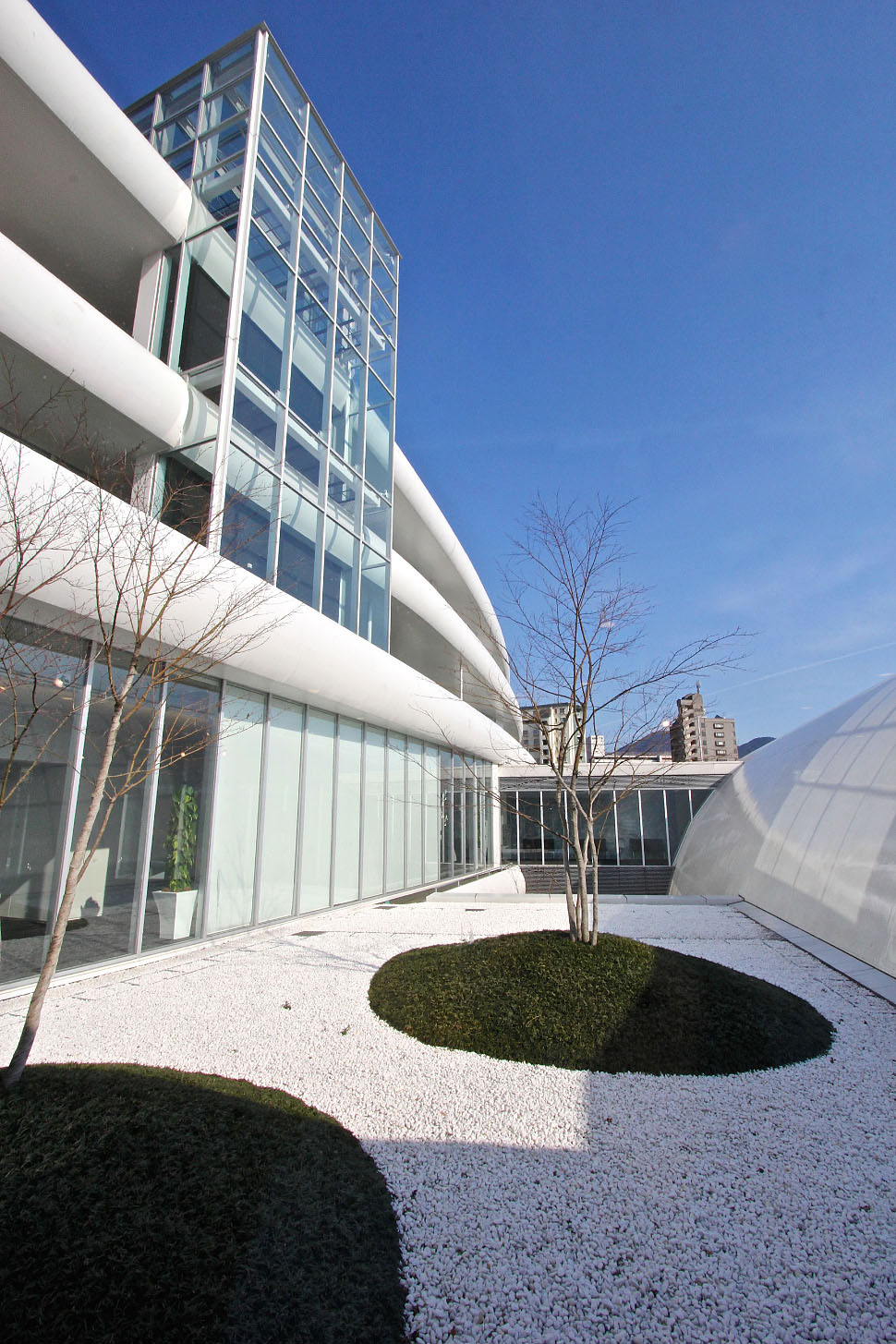
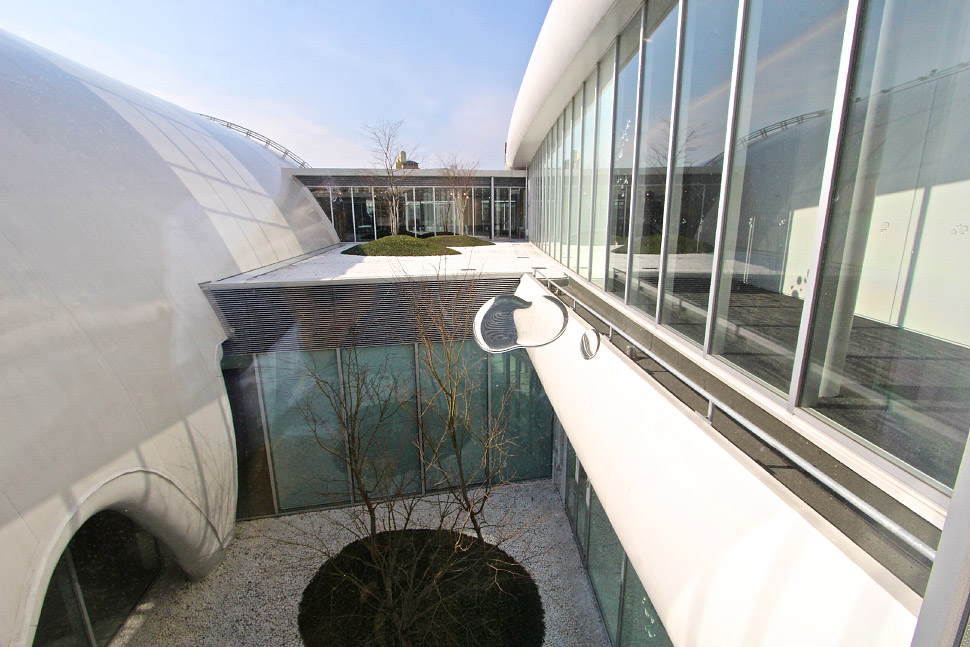
The next exhibit in the museum stepped back from the history of the company itself and focused more on how toilets have advanced and been adopted in Japan throughout history. Starting all the way back at prehistoric humans' methods of waste management and going through the age of samurai, the introduction of flush toilets, and into the modern era, the exhibit is impressively thorough and engaging.
Some of the most interesting displays feature actual artifacts from the mid-20th century, including manufacturing tools, miniature models used by salesmen, and dioramas and pamphlets designed to introduce TOTO's modern products to people who had never even seen flush toilets before.
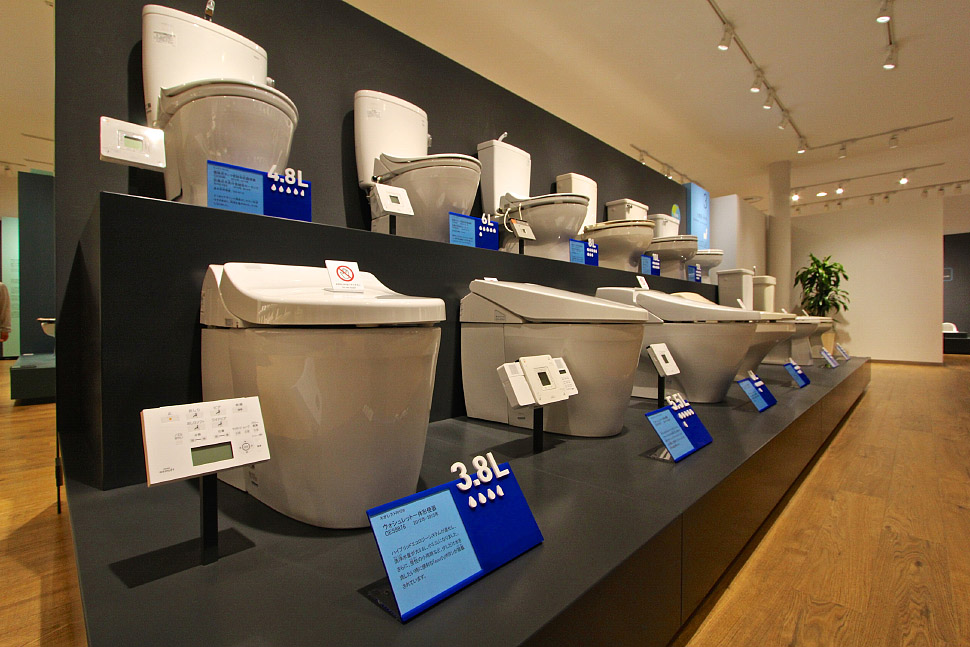
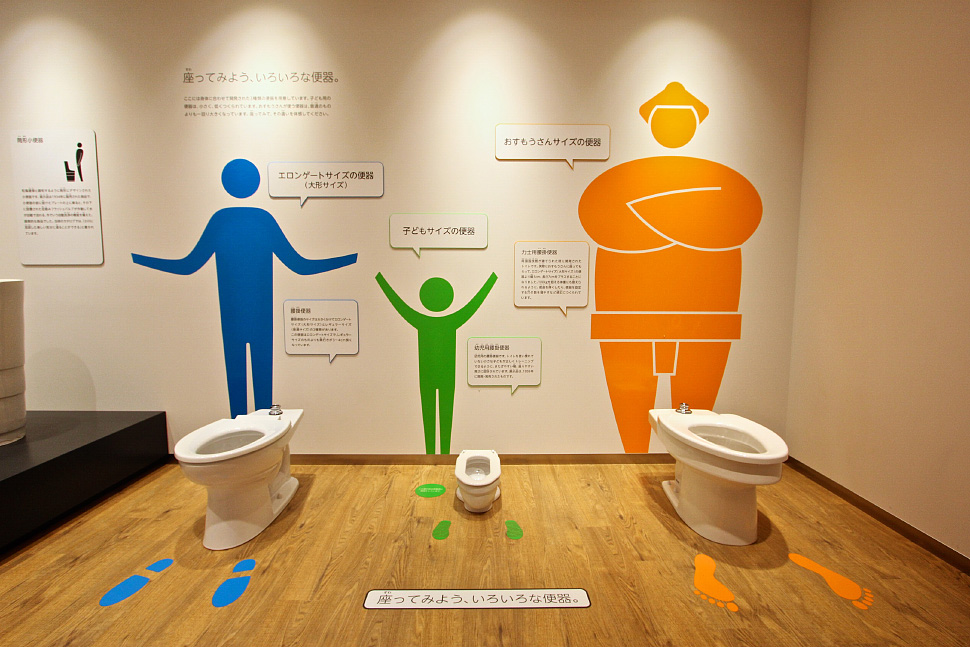
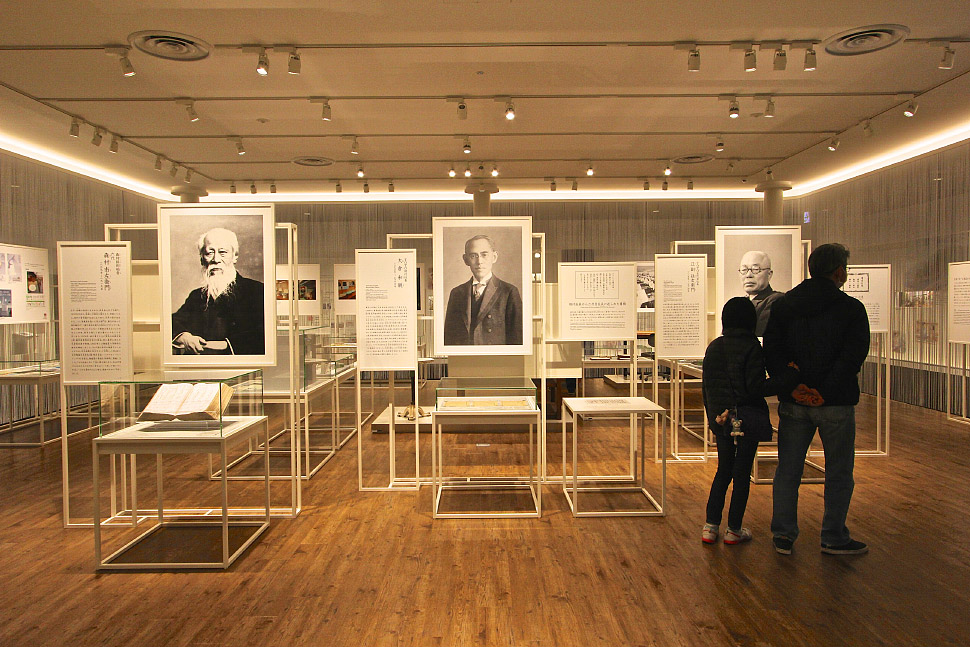
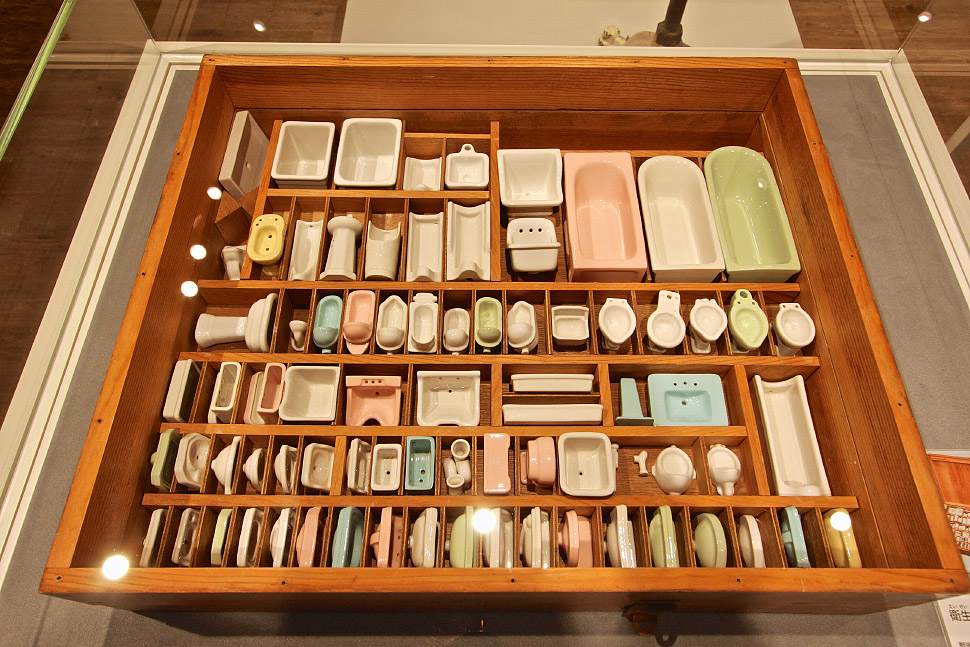
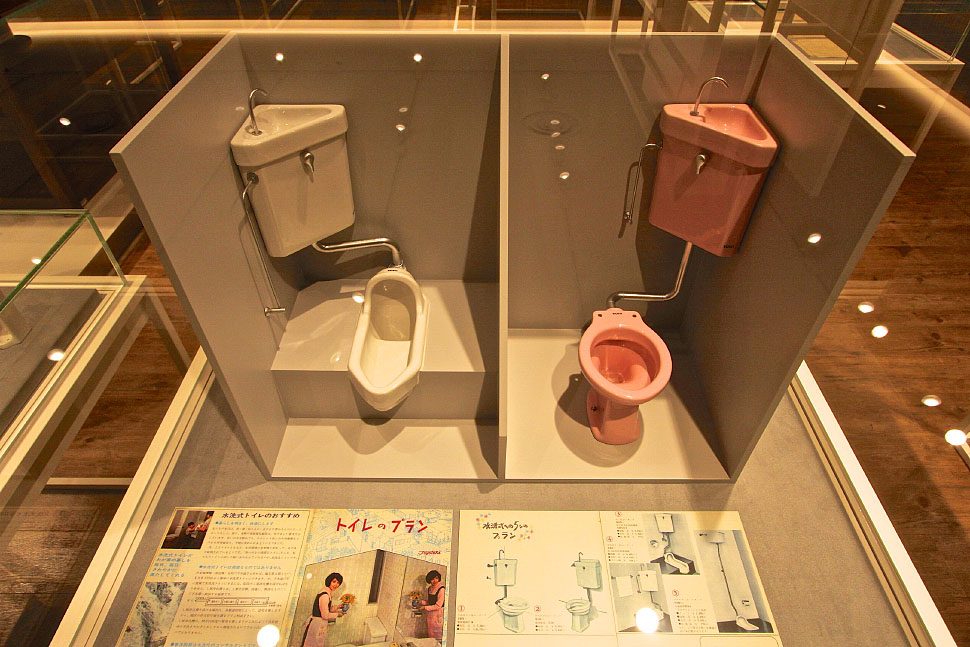
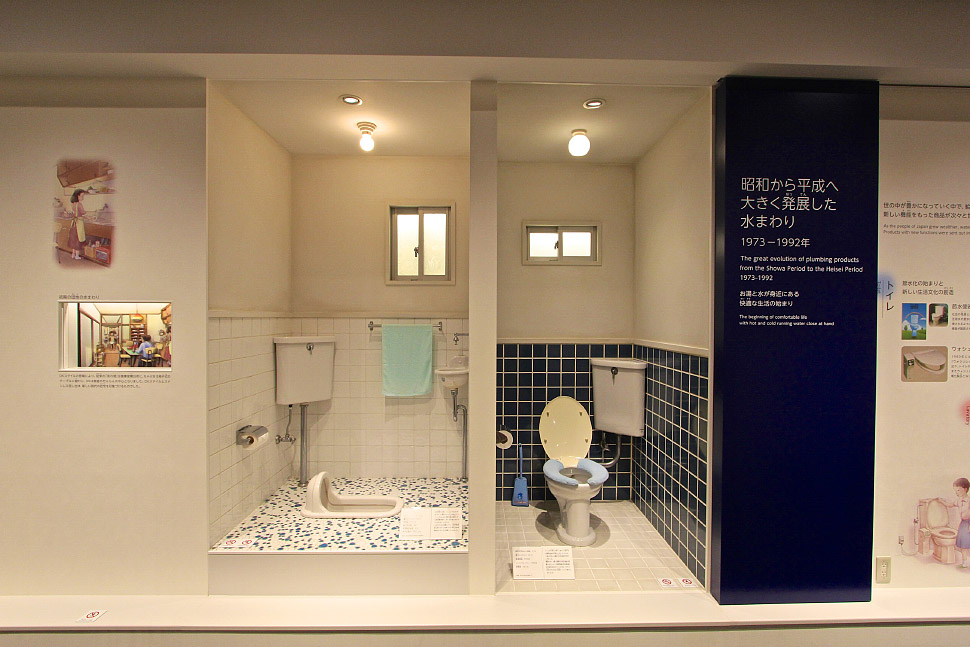
While TOTO may be best known in Japan, it also has a reputation for selling some of the world's most sophisticated toilets abroad, as well. Another fascinating exhibit showcased toilets and washroom products specifically tailored for foreign markets. It was interesting to compare more compact toilets popular in Europe to classically shaped larger toilets popular in the U.S.A. to gold-trimmed bathtubs popular as luxury items in China.
At the end of the tour, it's hard not to leave feeling a new appreciation for how pleasant a thoughtfully designed toilet can improve the everyday experience of using a restroom, especially after seeing (and trying!) some of TOTO's newest items. Walking into a restroom to a sleekly designed toilet's lid automatically rising to greet you, with a warmed toilet seat and built-in bidet is a nice experience in itself. But the latest TOTO models even feature a system that automatically cleans and sanitizes the bowl using electrolyzed water (in addition to deodorizing), avoiding the need to use chemicals to clean by hand.
If you're considering upgrading your own lavatory experience, TOTO has plenty of inspiration on offer!
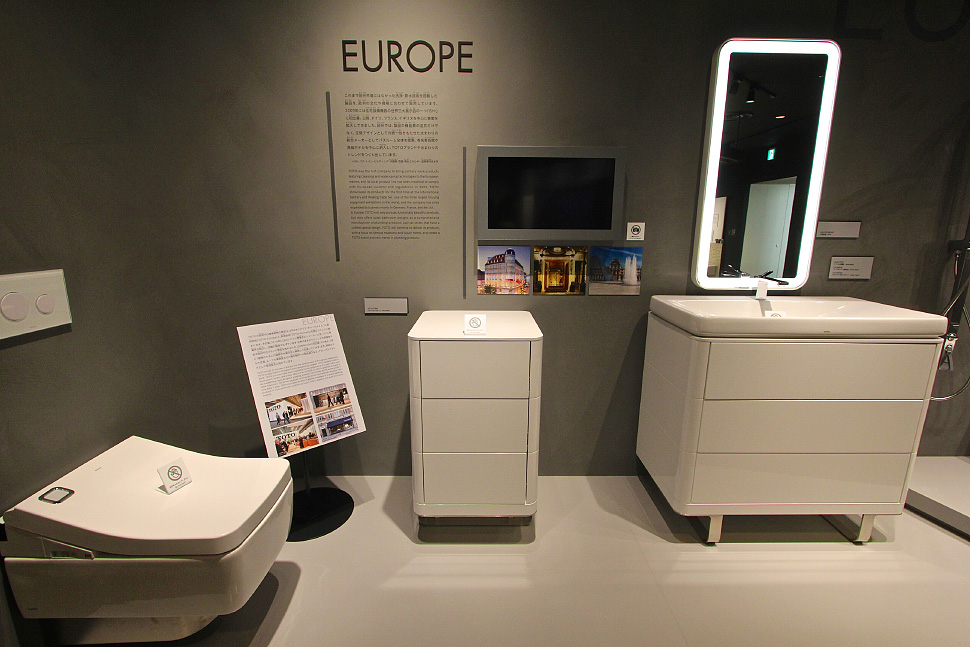
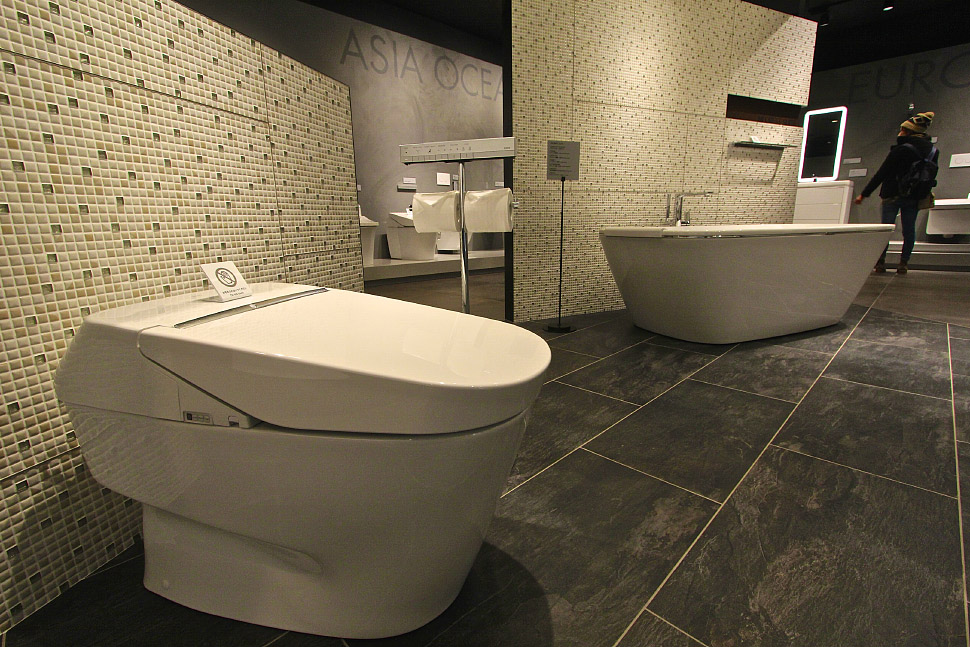
Learn more about TOTO's toilets and other products here: Learn more about TOTO